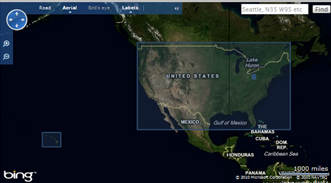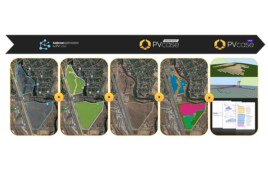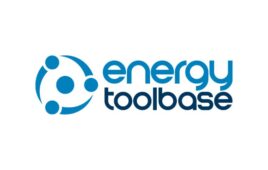 Photovoltaic systems—from residential to utility-scale—experience rapid changes in power output due to cloud cover. As more photovoltaic systems are installed in a given area, this variability poses a challenge for utilities and ISOs who are responsible for grid stability.
Photovoltaic systems—from residential to utility-scale—experience rapid changes in power output due to cloud cover. As more photovoltaic systems are installed in a given area, this variability poses a challenge for utilities and ISOs who are responsible for grid stability.
SolarAnywhere software from Clean Power Research can help with these solar challenges. The solar software uses High Resolution irradiance data and newly patented fleet analysis methodologies that together provide unprecedented insight into the impact of distributed solar PV on grid operation. SolarAnywhere FleetView addresses the need for fleet management by enabling utilities and ISOs to cost-effectively and reliably integrate distributed PV into the grid, allowing for higher PV penetration and reducing costs for utilities, ratepayers and photovoltaic system owners.
“After successfully deploying more distributed PV than any other state, this solar software will fill a vital role in California by ensuring reliable and cost-effective integration of the renewable energy generated by those systems,” said Michael R. Peevey, president of the California Public Utilities Commission.
The solar software addresses these challenges by offering a scalable approach to estimating and analyzing the impact of any defined fleet of PV systems, whether located on a distribution feeder or spread across a load balancing area.
“Understanding how distributed PV impacts grid operations has been a clear focus for the utilities we’ve worked with in researching this technology,” said Tom Hoff, president of Research and Consulting at Clean Power Research. “But the expense and difficulty of obtaining the information needed to do integration studies has traditionally been very high. We’ve developed a scalable and affordable solution that employs satellite-derived irradiance data rather than data gathered from ground sensors. This data, combined with our patented fleet variability analytics, makes it possible to conduct a wide range of planning studies and forecast power output without large infrastructure investments. Reducing costs and enabling more PV integration benefits everyone by preserving the value that comes from renewable energy generation.”
Studies have shown that spreading photovoltaic systems out over a large service area mitigates the problem of short-term variability, making it easier for grid operators to manage. Recent research using SolarAnywhere fleet variability methodologies found that geographic dispersion also has a similar positive effect on the accuracy of variability predictions. These results give utilities and ISOs confidence in the ability of solar software such as SolarAnywhere FleetView to provide the data needed to cost-effectively maintain grid stability even as PV penetration increases.
To read more about this study, the paper “Predicting Short-Term Variability of High-Penetration PV” is available for download.
SolarAnywhere FleetView
Key to SolarAnywhere FleetView is the ability to collect irradiance data at the short time intervals required to calculate ramp rates for planning and short-term forecasting. SolarAnywhere High Resolution data is the first satellite-derived irradiance data available in the U.S. with a resolution of 1 km x 1 km at 1 minute-intervals.
Also key to these services is the ability to calculate variability of a defined fleet of photovoltaic systems. In April, Clean Power Research was granted three patents on the PV fleet variability methodologies used in SolarAnywhere FleetView.
Learn more in the whitepaper “Behind-the-Meter Intelligence for Distributed PV Grid Integration,” available for download.
SolarAnywhere Irradiance Data
SolarAnywhere is the leading source of downloadable satellite-derived solar irradiance data for the continental U.S. and Hawaii. The lab of Dr. Richard Perez at the University at Albany (SUNY) provides models and research innovations for SolarAnywhere, which are an evolution of Perez’s work as encompassed in the “SUNY gridded data” of the National Solar Resource Database (NSRDB).
SolarAnywhere forecast, real-time and historical data is now available in three resolutions to meet a variety of planning and operational needs. Interested users can get started by accessing data free of charge at www.solaranywhere.com.
Clean Power Research
www.cleanpower.com





Lovely PV solar energy page. Thanks!